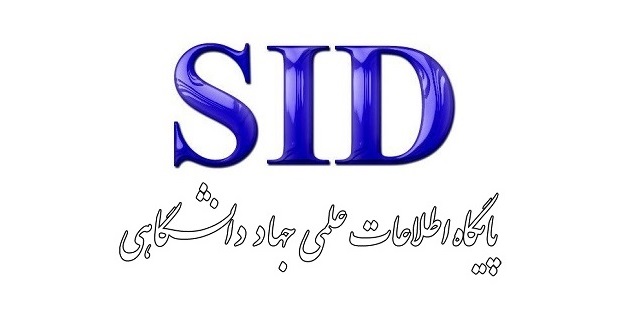Understanding the Political and Religious Interactions of Iranian Women in the Contemporary Period with an Emphasis on the Approach of Intellectual History
Keywords:
Iranian woman, Political-social existence, Intellectual history, HijabAbstract
The essence of the individual and social life of the generation of Iranian women has always been questioned by political systems and social forces. To systematically explain this subject, the research problem can be made more comprehensible by formulating the concept of the "political-religious existence" of Iranian women, considered as manifestations of the collective unconscious and a basis for social action. Utilizing the approach of intellectual history, the main question of the article is what is the role, significance, and impact of the hybrid existential notions of Iranian women in shaping political and social behaviors in the contemporary history of Iran? The findings of the research show that the political-religious existence of women is not in a pure and unadorned form but is a concept influenced by political developments, diverse intellectual currents, and the opinions of thinkers, each of whom has had a specific impact on the formation of the Iranian woman's style of thought until the end of the 14th century Hijri; therefore, political and social constructs such as the establishment of political parties, participation in power assemblies, the issue of women's rights in events like the unveiling and legalization of the hijab, the domain shift of the hijab from a religious to a political matter, the formation of leftist feminism and religious modernism movements, and ultimately the fluctuation of women's political and social activism and agency, are not phenomena that have formed suddenly but are the result of a gradual process of biological, political, and religious interactions of women with society and political systems in Iran in the contemporary era.






